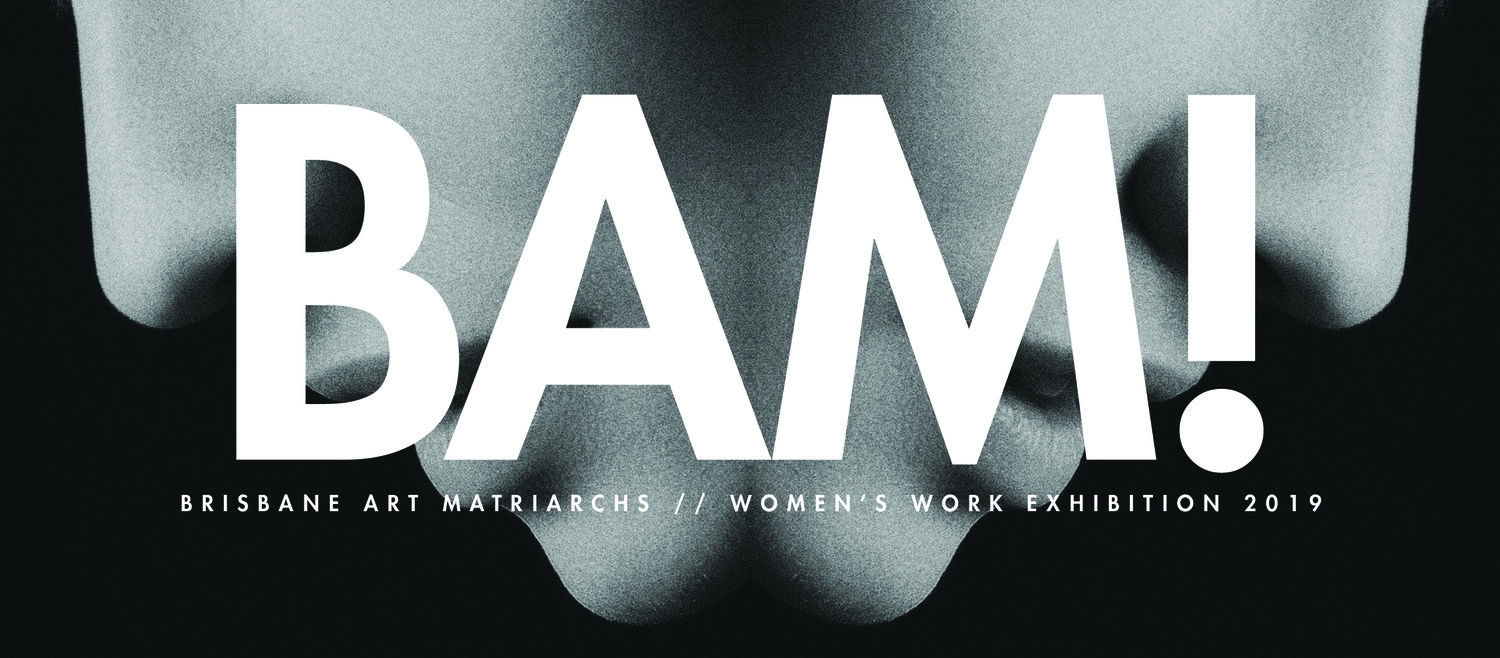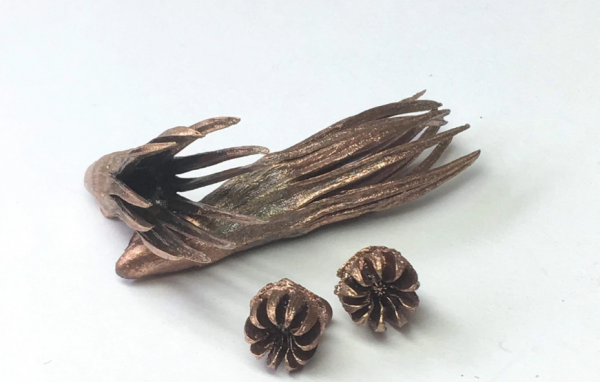The creative and artistic fields have always been at the forefront of social, ideological and philosophical debates. They make spaces and opportunities for those who are ‘Other’ to have their voices heard, their work seen, and their value validated.
This remains the case to this day. Visual arts provide platforms to tackle knotty social issues and raise awareness of local or global concerns. From racial marginalisation to economic disenfranchisement and privilege gaps, artistic mediums are used to build bold statements and reach a broad range of audience.
Most significantly, creativity stimulates collaboration, bringing together artists and creators with similar values and missions, empowering both individuals and communities in tandem.
One such powerhouse creative collective is formed by the four bold ladies of BAM, Brisbane Art Matriarchs. Gender bias is still an obstacle to many women in the professional art world today, especially those from marginalised ethnic communities. BAM aims to level the playing field and create new standards for equality in the industry.
This recently formed all-female curatorial group aims to enrich Brisbane’s vibrant and inclusive arts community. To this end, the fierce foursome channels their energy into providing equal opportunity, equitable employment and ongoing development opportunities for women in the art and design industry.
The team of established curators will collaborate with Brisbane City Council, Queensland College of Art and The Culprit Club street art agency to continually push the boundaries of inclusion, creativity and community in Brisbane. With a focus on high-impact, large scale works which pioneer new pathways in female contemporary art, the curators of BAM are ready to shake things up.
You’ll be seeing the fruits of their collective labour displayed in laneways around Brisbane any day now, in their debut project, Women’s Work.
Responding to Brisbane’s landscapes from both historical and modern perspectives, 11 female artists will exhibit their artwork throughout the city. This will be Brisbane’s largest display of women’s street art to date!
The curators and artists are engaging with attitudes towards work, gender and work, and contributions to society which go unpaid, unnoticed and unvalued. They aim to connect public awareness with aspects of many women’s lives that are unseen. From energy-intensive maternal roles to nurturing those around us both physically and emotionally, the fabric of women’s lives will be celebrated on Brisbane’s canvas.
The beautiful creations will be on display and free for the public to admire from August 12th to December 1st, alongside a wide assortment of activities including curated walking tours, public talks, and events on offer in the coming weeks.
LOCATIONS:
Eagle Lane – Artwork by Alex Saba, Lusid Art
Edison Lane – Artwork by Courtney Brims
Edward Street – Artwork by Dominique Falla
Edward Street – Artwork by Claire Tracey
Fish Lane – Artwork by Rae Cooper
Hutton Lane – Artwork by Emma Wright
Irish Lane – Artwork by Rachael Sarra
King George Square Car Park – Artwork by Mosessa
William Jolly Bridge – Artwork by Tori-Jay Mordey
Wander around the city and see Brisbane in a new light as these talented ladies leave their mark.

